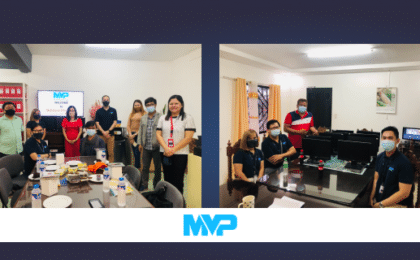Best Practices To Manage Change
| June 29, 2020
Change is inevitable. We experience change in every area of our lives. How we decide to deal with this shift and adapt is important to ongoing professional development and growth. For most organisations, change brings uncertainty. So, how can we as professionals manage change and have this filter through our entire company? MVP has a number of best practices we’d recommend when managing change amongst your employees.
1. Effective communication
Communication is an art form often neglected. There are particular methods to use in order to effectively give and receive verbal messages. For example, a method known as ‘Active Listening’ refers to listening for the intent to learn not for the intent to respond. By active listening, you will be validating your teams’ concerns and ensure that they feel comfortable.
When communicating with your team, another best practice is paraphrasing a team member’s concerns back to them. This is important as it demonstrates understanding and effective communication with your team.
2. Goals of the change
Alongside effective communication, outlining and transparency of goals are of equal importance. With any organisational shift, goals should be clearly outlined and communicated to the entire team. This is important as it ensures all team members are on the same page and know what to expect.
Allocate time to identifying the top three goals you want to achieve with the change you are preparing for. Once you have outlined this, make sure you share this with your team and answer any questions they may have regarding the goals.
3. Regular feedback loops
Feedback is essential to any successful business. By encouraging active feedback loops between yourself and your employees, you’re fostering healthy workplace relationships. While feedback is an essential everyday task, it is a necessity in streamlining change management.
There are various methods you could be using to encourage effective feedback. A popular example is the retrospective feedback method. This involves key team members sitting down and going over what went well and what could have gone better in regard to particular situations. For more information, check out this informative article by Atlassian.
4. Empower your team
Aside from processes, it’s extremely important to encourage and empower your team to embrace change. Whilst not all staff members will like change, you can empower particular teammates to be your internal advocates for your vision. Whether it’s empowering your team to adjust with remote working environments or encouraging them to embrace new systems, with this style of leadership you’re likely to see less push-back and more advocates.
If you’re looking for more tips and tricks on team management, subscribe to our mailing list and receive the latest industry news, remote working advice and knowledge sharing from our team.

























































